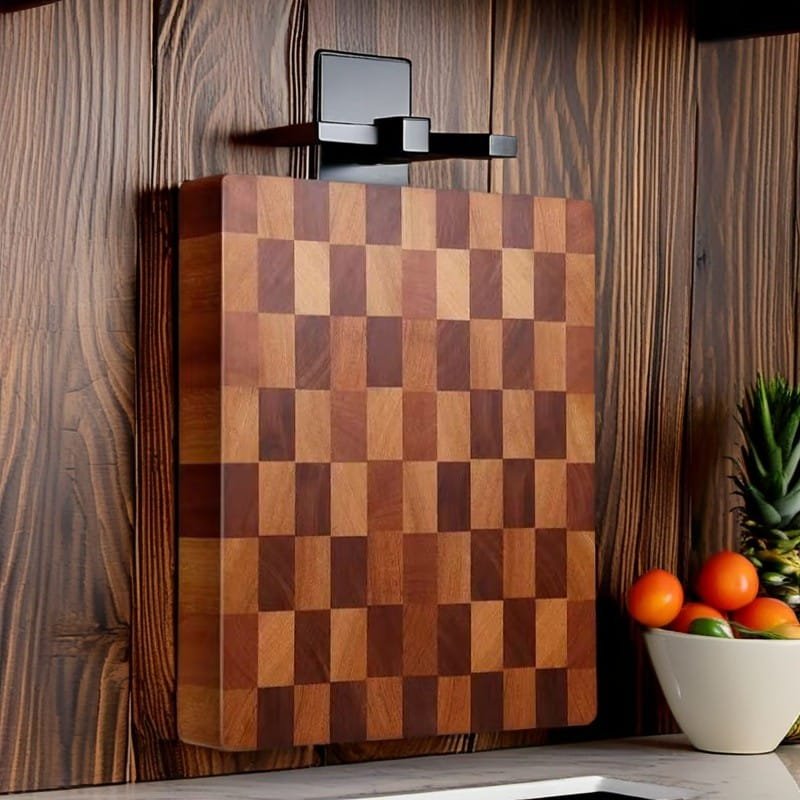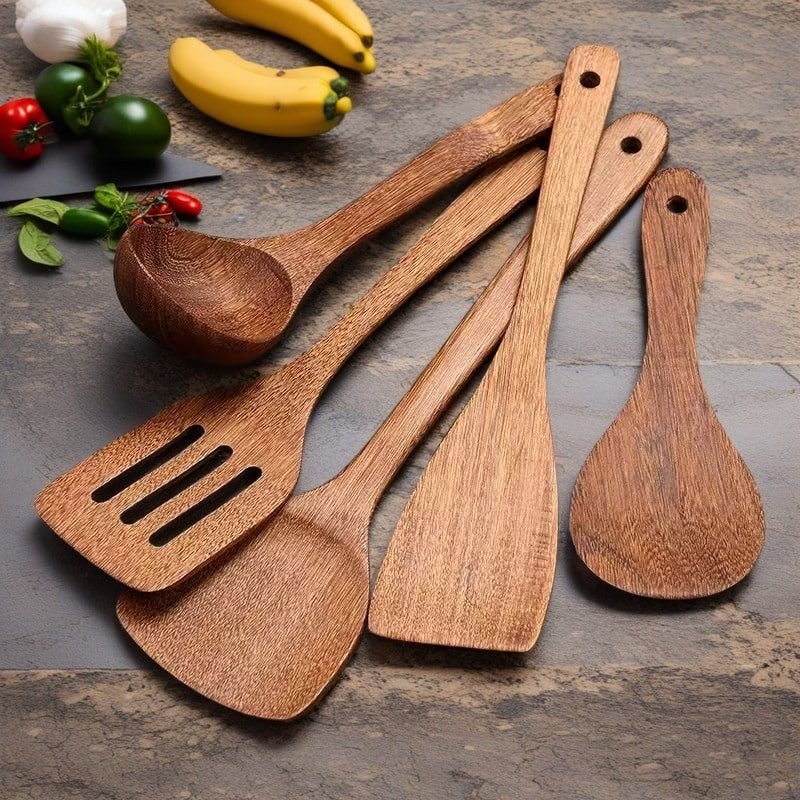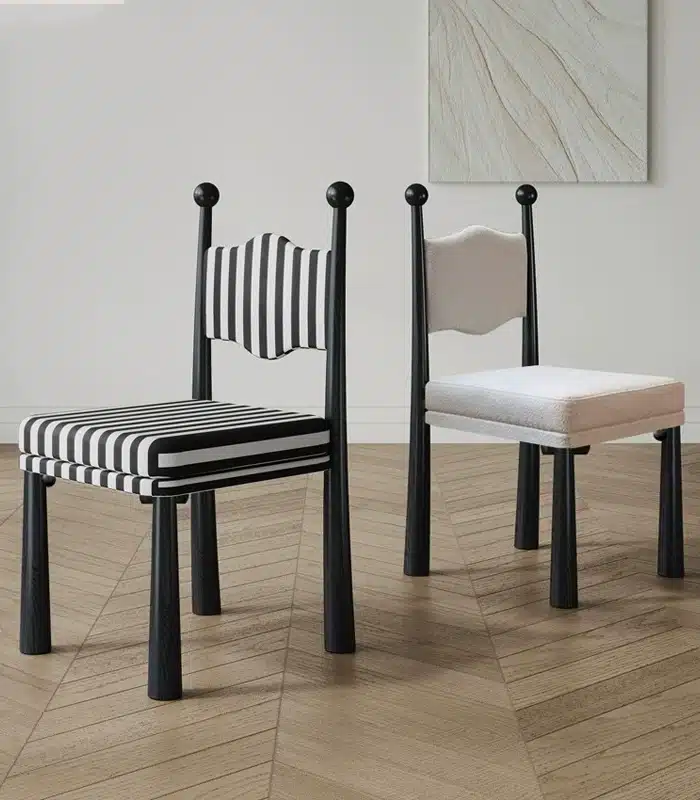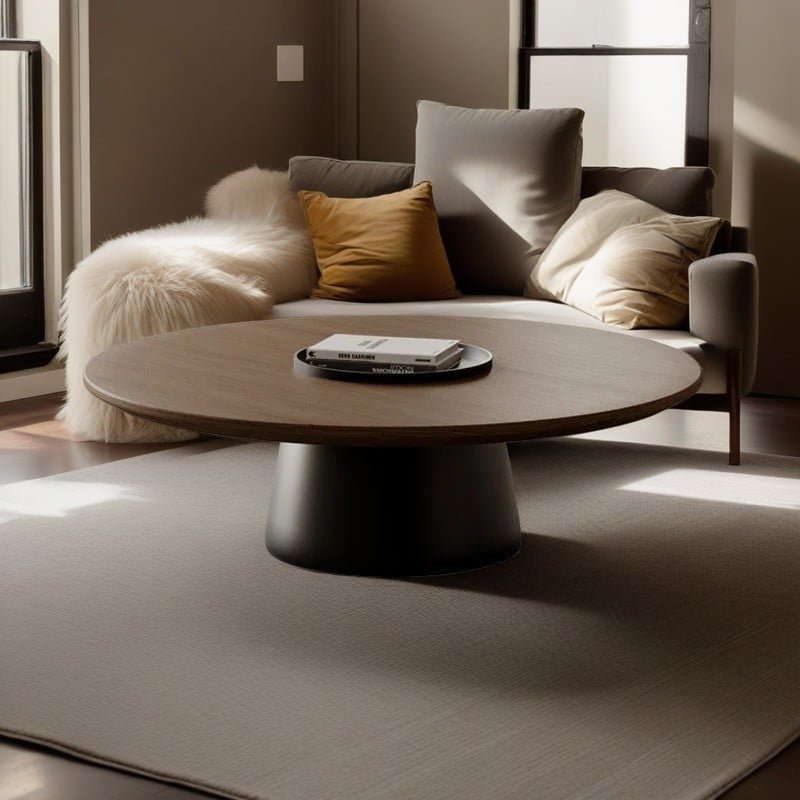Wooden tableware has become a popular choice in modern kitchens for its natural beauty, environmental protection and gentle use experience. However, the special nature of wooden materials requires proper use and maintenance to extend its life. This guide comprehensively analyzes how to create a healthy and durable wooden kitchen life from material selection, use to maintenance.
- Common types of wooden tableware
Cutting board
Use: cutting vegetables, fruits or bread (avoid handling raw meat to prevent bacteria residue).
Recommended wood: maple (high hardness), black walnut (strong antibacterial properties), bamboo (cost-effective).
Tableware
Chopsticks/soup spoon/shovel: choose a style with a smooth surface and no burrs to avoid scratching the mouth.
Recommended wood: olive wood (high temperature resistance), cherry wood (light and mildew-resistant).
Salad bowl/tray
Natural wood grain enhances the beauty of the table, suitable for cold food or dried fruits.
Recommended wood: teak (waterproof and corrosion-resistant), beech (fine texture).

- Wood Selection Guide
Wood Type Features Applicable Scenarios Precautions
Bamboo High hardness, strong antibacterial properties Chopping boards, chopsticks Avoid high-temperature drying
Maple Wear-resistant and scratch-resistant, not easy to deform Chopping boards, trays Oil regularly to prevent cracking
Olive Wood Unique texture, high temperature resistance Spatula, soup spoon Avoid soaking in water for a long time
Black Walnut Good antibacterial properties, elegant color Salad bowls, dinner plates Higher price
- Usage and maintenance tips
First use
Soak in salt water for 30 minutes (for bamboo and wood) or apply edible grade mineral oil to enhance moisture resistance.
Daily cleaning
Wipe gently with warm water + soft cloth, avoid long-term soaking in dishwasher and detergent.
After cleaning, stand the cutting board upright to dry, and regularly wipe with lemon + salt to sterilize.
Regular maintenance
Apply beeswax or coconut oil once a month (avoid high temperature season to prevent mold).
Minor scratches can be polished with fine sandpaper and re-oiled.
Lightning protection guide
✘ Do not use in microwave ovens/ovens
✘ Keep away from heating or exposure to the sun
✘ Do not use for cooking dark ingredients (such as curry) to prevent staining
- FAQ
Q: What should I do if wooden tableware is moldy?
A: Small areas of mold can be wiped with white vinegar and exposed to the sun. It is recommended to replace it if it is severely moldy.
Q: Is a wooden cutting board more hygienic than plastic?
A: Studies have shown that solid wood is naturally more antibacterial than plastic, but it needs to be cleaned promptly and dried thoroughly.
Q: How do you know when to replace tableware?
A: Tableware should be discarded when deep cracks, obvious deformation, or persistent odors appear to prevent bacterial growth.

- Environmental protection and sustainable suggestions
Prefer FSC-certified wood to support sustainable forest management.
Old wooden tableware can be transformed into homewares such as coasters and flower pot holders.
Match with linen napkins or ceramic utensils to create a natural kitchen aesthetic.
Conclusion
The warm touch and natural vitality of wooden tableware can inject a unique living temperature into the kitchen. Through scientific maintenance, they can not only accompany for many years, but also precipitate exclusive traces of time over time. Choosing a high-quality wooden product is not only a pursuit of quality life, but also a gentle respect for the earth’s resources.



